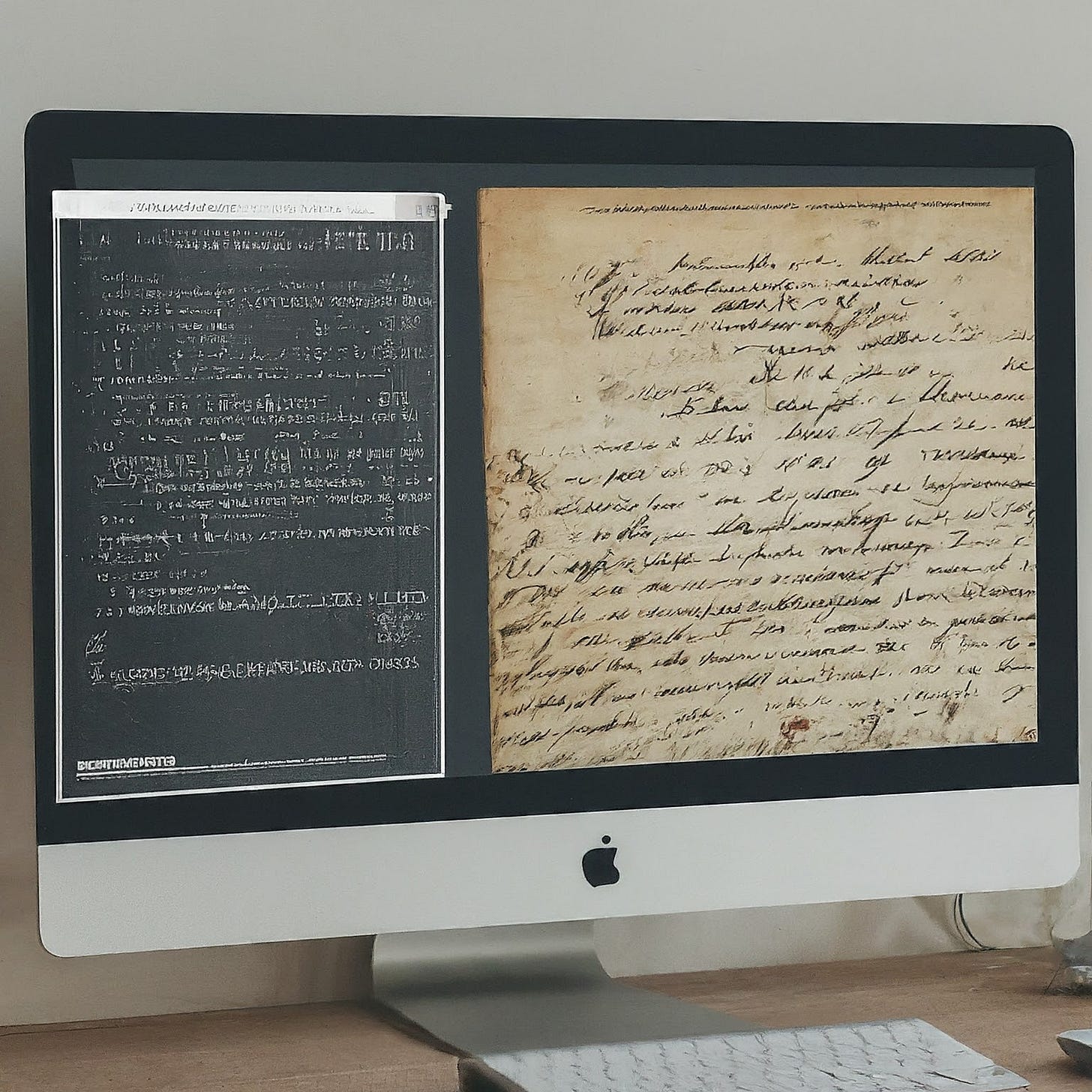One of the most time-consuming tasks of genealogy research can be transcribing, translating, and summarizing the records we find. Hand-written documents can be especially challenging. With the help of artificial intelligence (AI), we now have tools to help us with these tedious tasks.

I attended the Bucks County Genealogical Society virtual program “Translating, Transcribing and Summarizing Documents Using Artificial Intelligence” with presenter Thomas MacEntee, who explained how AI works, the tools available to genealogists, and demos of how they work. Thank you, Thomas, for an excellent presentation!
If I had to choose two of my biggest hurdles with genealogy documents, they would be interpreting court records and translating Slovak records. So, let’s use AI to help with both.
Summarizing court records
No matter the century, understanding legal wording can be difficult if you don’t have experience reading various land, probate, and chancery records.
Using Google’s Gemini, I uploaded an image of a record and entered the prompt “Transcribe and summarize.”
The tool immediately provided feedback about what it understood about the image and its limitations to respond to the query. But, it provided an accurate summary.
Not bad, Gemini! It’s important to note that Gemini only allows image uploads, not PDFs.
Translating Slovak records
The paternal line of my family has roots in Slovakia, which brings unique challenges to interpreting records. The language can vary based on the time and type of document. And don’t forget about sloppy handwriting! Let’s see how AI does with translating this document.
I signed up for the free version of ChatGPT to test out its translation capabilities. I uploaded a document and entered the query “Transcribe and translate.”
I was stunned as I watched it provide the transcription and translation in real time, displaying each line of the document as it was completed.
As I reviewed the entire list, it appeared that some lines had been skipped (which is why we must verify and proofread what AI generates!). So, I cropped the image to one line item and entered the prompt “Transcribe and translate” again. ChatGPT immediately recognized that it was a specific section of the previous image and provided an accurate transcription.
Incredible! Although AI isn’t perfect, it can be a great tool to help save time and gain additional insights into your genealogy records.
If you’d like to learn more about using AI with your family history research, I encourage you to join the Facebook group “Genealogy and Artificial Intelligence (AI)”.











I’ve had hit or miss luck with AI in terms of transcribing written records. Recently I uploaded two handwritten letters from 1793 into ChatGPT. I was able to read much of the document so was curious how well AI would do. In the prompt, I noted the dates of the letters and identified the two writers as well as the topic being discussed, thinking that might help. The response was amazing! Not at all what had been written, but still amazing! Also worrisome, since it was written in time- appropriate language, covered the topics in a realistic and expected way, and even referenced previous correspondences. None of which was accurate! I resubmitted the letters five times, and each time got a different set of wildly inaccurate but pretty believable transcriptions. So…yeah. I should mention I’ve had great success with AI, as well, but I’ve definitely learned to be wary.